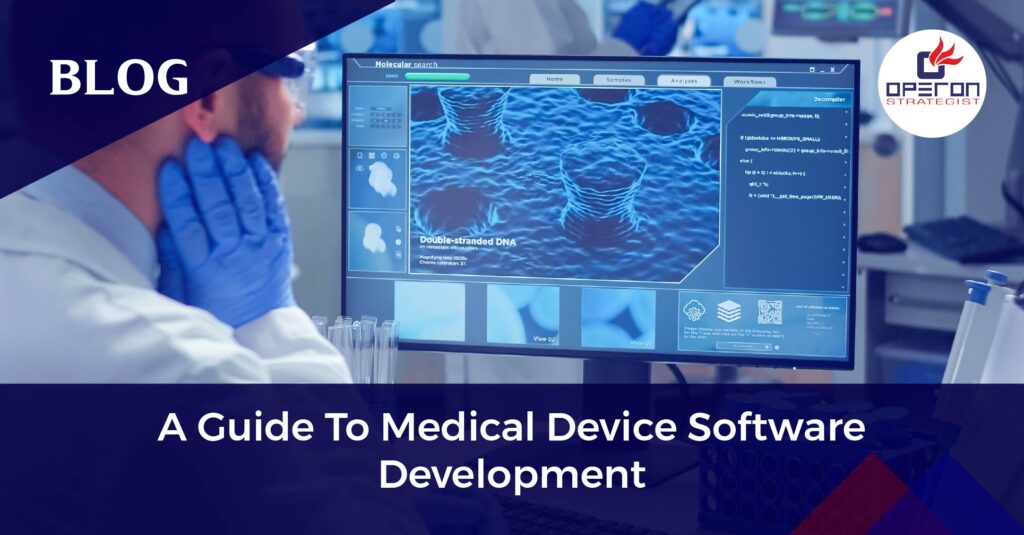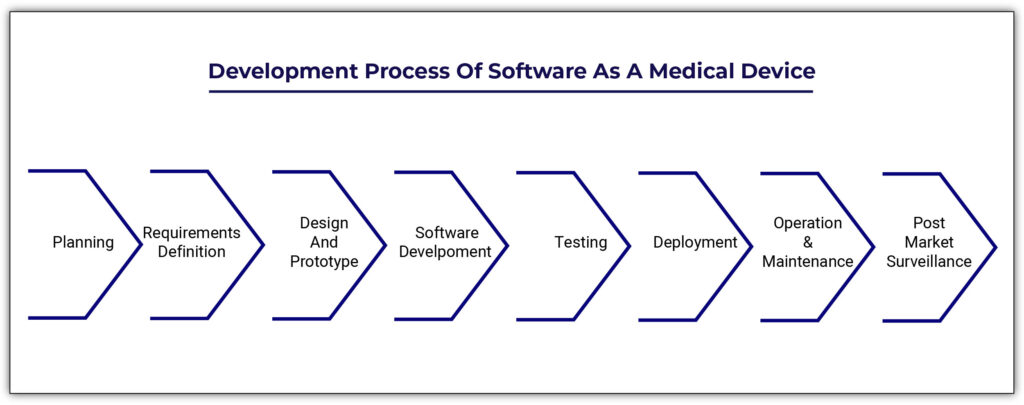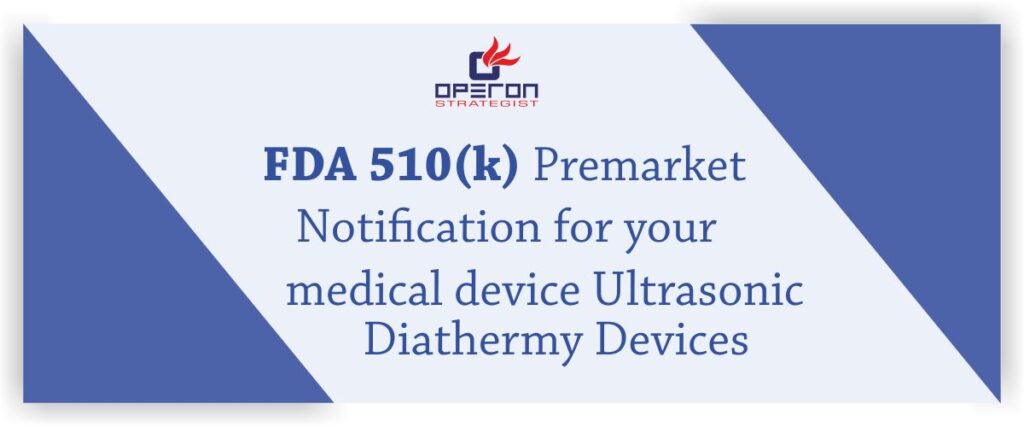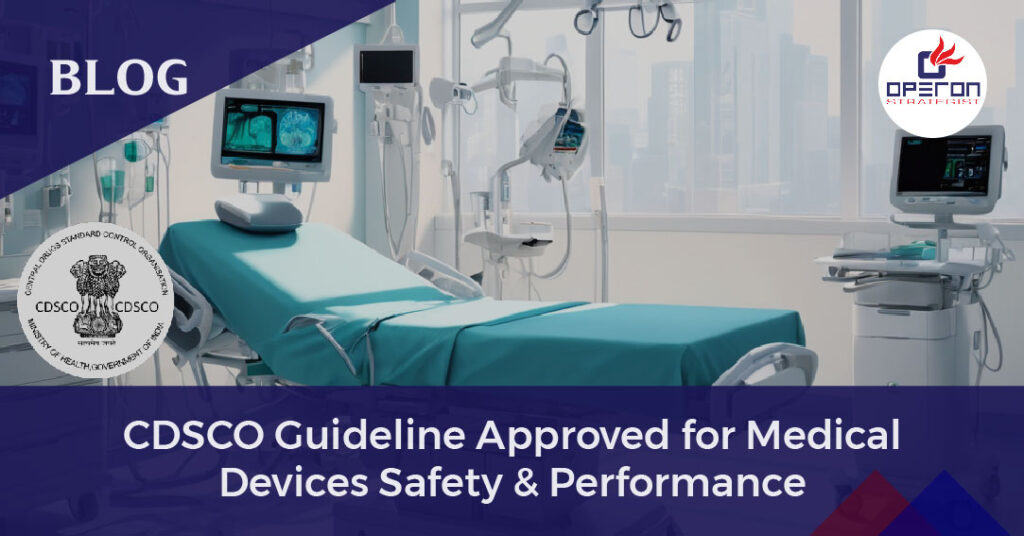Overview of SaMD
Gone are the days when medical devices were confined to only apparatus, implants, or objects. Now medical devices cover software as well. The software helps to diagnose or cure diseases, disorders, or conditions and helps to decide the course of treatment.
Medical Device Software development makes life easier but comes with threats such as data security, cybercrime, mismatched data, etc. Software needs applications such as mobile, tablet, or computer screens to run. That’s why, while developing software, it is very important to keep in mind what kind of devices the user will use, mostly so that a SaMD is user-friendly and will be able to comply with the regulations of different countries worldwide.
Looking for Turnkey Consultant?
Let’s have word about your next project
What is SaMD: Software as Medical Devices?
As per the International Medical Device Regulators Forum (IMDRF), SaMD is “software that is intended to be used for one or more medical purposes that can perform purposes such as diagnosing, curing, mitigating, and preventing disease, disorders, and conditions without being a part of the hardware medical device.”
Medical Device Software Can Help in the Following
- Screening of diseases and their diagnosis
- Monitoring the disease and conditions of patients and sending alerts to healthcare professionals in case of any unfamiliar activities
- Management of disease
- They are helping the healthcare professions to decide the route of medication and treatments.
Classification of Software as a medical device is similar to any medical device based on the intended use, the risk they possess, the effect on the decision of doctors, etc.
Our team helps manufacturers classify the devices correctly so that the manufacturers can apply for the respective regulatory process for example if the unit is in INDIA, then we assist them in the CDSCO manufacturing license process.
𝐖𝐡𝐲 𝐒𝐚𝐌𝐃 𝐌𝐚𝐭𝐭𝐞𝐫𝐬
1. Improved Access
2. Enhanced Accuracy (AI/ML)
3. Patient Empowerment
𝐊𝐞𝐲 𝐂𝐨𝐧𝐬𝐢𝐝𝐞𝐫𝐚𝐭𝐢𝐨𝐧𝐬
1. Regulatory Compliance
2. Data Security
3. Clinical Validation
Certify Your Medical Device Software to Comply with IEC 62304
Certifying medical device software to comply with IEC 62304 is essential to ensure its safety, reliability, and effectiveness in healthcare settings. IEC 62304 provides a framework for the software development lifecycle processes, including requirements, design, implementation, verification, and maintenance. Certification involves thorough documentation of each stage, rigorous testing to validate functionality and safety, and adherence to regulatory standards. By obtaining certification, manufacturers demonstrate their commitment to quality and regulatory compliance, instilling confidence in healthcare providers and patients regarding the reliability and safety of the medical device software.
Also read, IEC 62304: Path to Medical Device Software Compliance
For Regulatory Compliance Consulting of SaMD
How SaMD Is Different From SiMD
- Without being part of hardware” is important, which means that Software runs independently of any existing device. SaMD runs with non-medical devices and run-on applicants such as mobiles, tablets, smartwatches, laptops, etc. SaMd can analyze the data or pictures for the issues to monitor or diagnose diseases, disorders, or conditions.
- While SaMD is used to define several combinations of medical devices, the Software does not fit the IMDRF definition criteria if its main purpose is to drive the hardware of a medical device for which the term Software in the medical device (SiMD) is used.
- SiMD is defined as the software that is a part of another existing device. It includes any software that controls the mechanics of a medical device, remotely controls the functions, processes the data, or is essential to operate a medical device.
- Due to the complex nature of medical software and its applications, the language of these software devices is slightly tough to understand. Especially processes like regulatory insights, classification, intended use, and instruction for operations mainly depend on the wording.
What Is Medical Device Software Development Process?
Step 1: Planning:
- In this phase, the terms and conditions of the project are evaluated, which generally include calculating the cost of labor and material, creating timelines with target goals to achieve, forming teams, etc.
- It also includes feedback from investors, potential customers, subject-matter experts, etc.
Step 2: Define the requirements:
- It is a part of planning here; the discussion mainly revolves around what the application is supposed to do and its requirements. It also includes interpreting the resources required to build the projects. For example, the teams that will develop the software, the types of machines (laptops) that will be used by them,
Step 3: Design and prototype:
The design phase includes different subphases:
- Architecture: It lays down the programming language that would be used, the overall design of the software, and a template.
- User Interface: How the customer will use the software and how the software will respond to the input given by the customer.
- Platforms: We will lay down the platforms on which the software will run, such as Android, iOS, etc.
- Programming: the programming language, the algorithm used, the methods used to solve the problems, etc.
- Security: how secure the software is; data protection and integration; security from cybercrimes, etc.
- The prototype is like an early version of the software, which is tested continuously for improvement.
Step 4: Software Development:
- It includes the actual writing of the programming language; the project is broken into small types, and several teams work on it. Along with coding, many processes are included.
Step 5: Testing:
- It is very important to test the software before it is made available to the intended population. The testing often includes testing the code, ensuring security compliance on different platforms, lagging, performance testing, etc.
Step 6: Deployment:
- The software is made available to the intended population through downloading links or on any platform like the Google Play Store to download on smartphone applications. It also includes upgrading the software as per different platform compliances.
Step 7: Operation and Maintenance:
- The process of developing the software almost ends here. Software is used in the field. This phase mainly focuses on the bugs that went unnoticed during the testing; these errors need to be resolved so that they won’t bother the intended population.
Step 8: Post-market surveillance:
- In post-market surveillance, the manufacturers keep an eye on any side effects or adverse events reported by the intended population.
With the advancement of technology, the world is now adopting software in medical devices for various purposes, and it is now important to know more about the medical device software development process.
Achieve ISO 13485 Certification Compliance for Your Medical Devices
Using software as a medical device is not an easy task. Still, it has taken the world of medicines to a newer height, where diagnosing any disease, disorder, or condition is very easy. Since the treatment route decided by professionals mostly depends on the diagnosis done by the SaMD, it is very important to have stricter regulations to regulate so that there is no space for any serious incidents.
As a medical device regulatory consultant, we are guiding new entrepreneurs and device makers for regulatory compliance.
- adminhttps://operonstrategist.com/author/admin-2/
- adminhttps://operonstrategist.com/author/admin-2/
- adminhttps://operonstrategist.com/author/admin-2/
- adminhttps://operonstrategist.com/author/admin-2/





